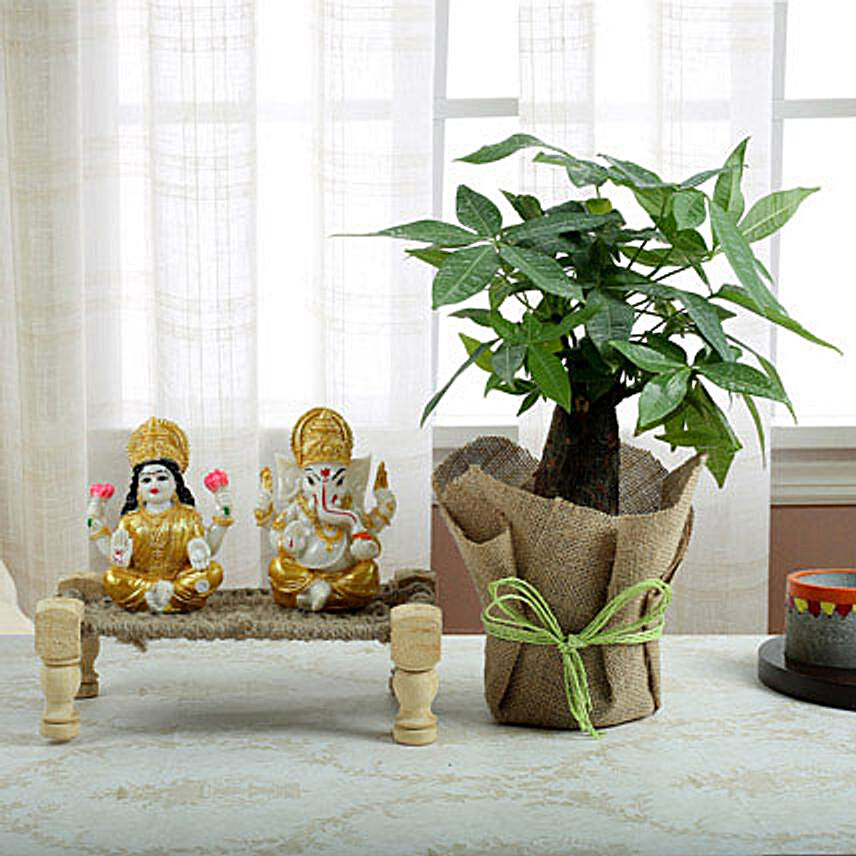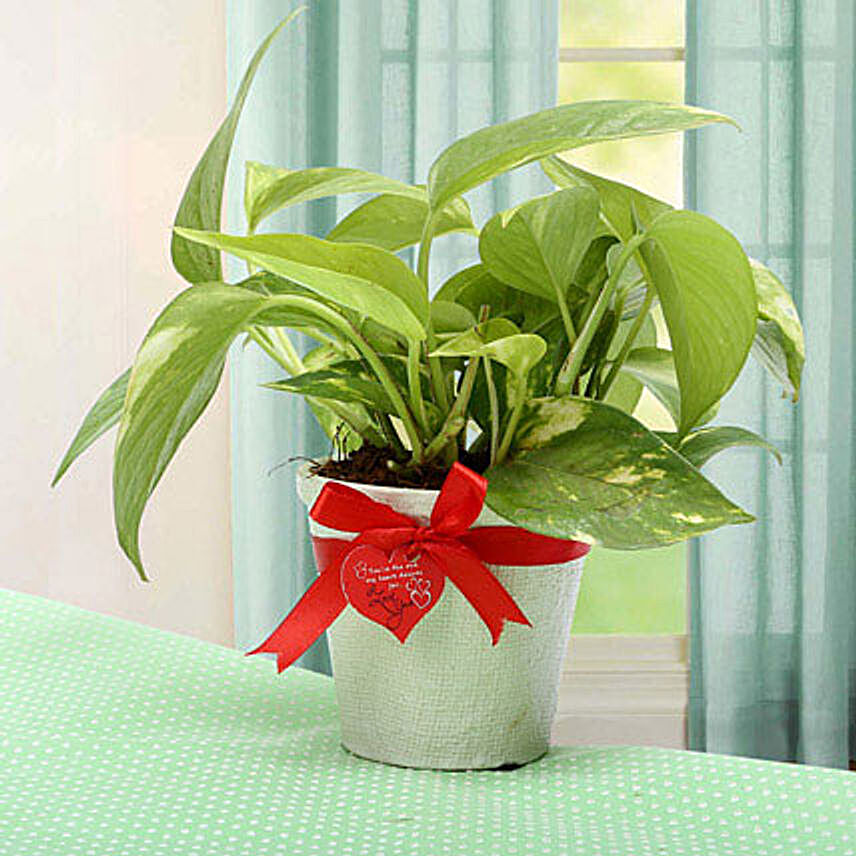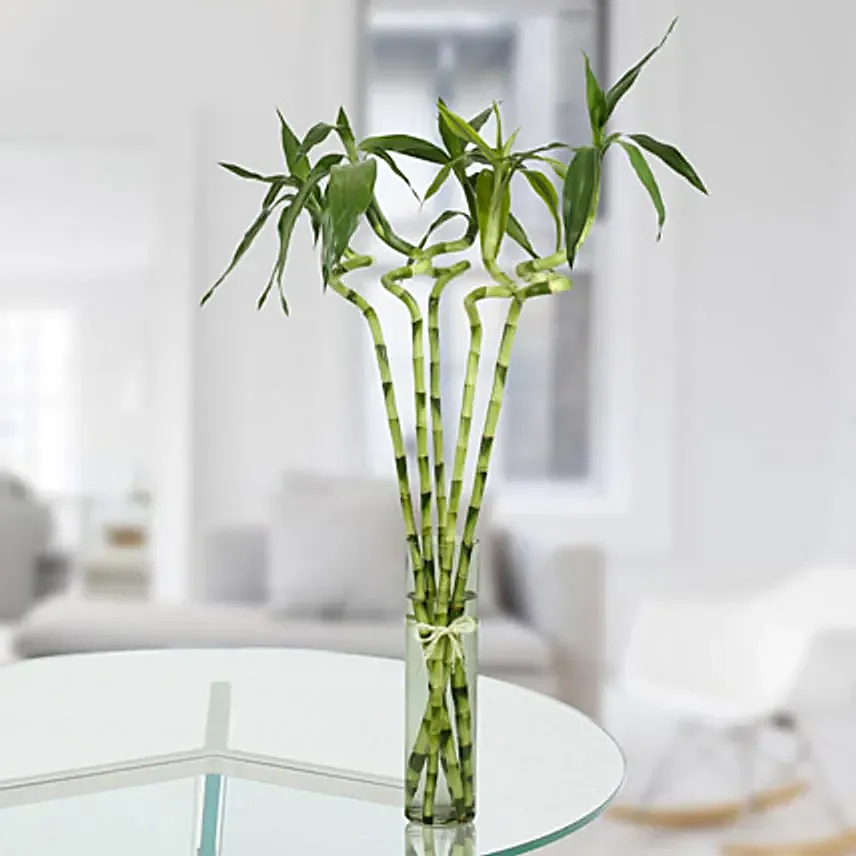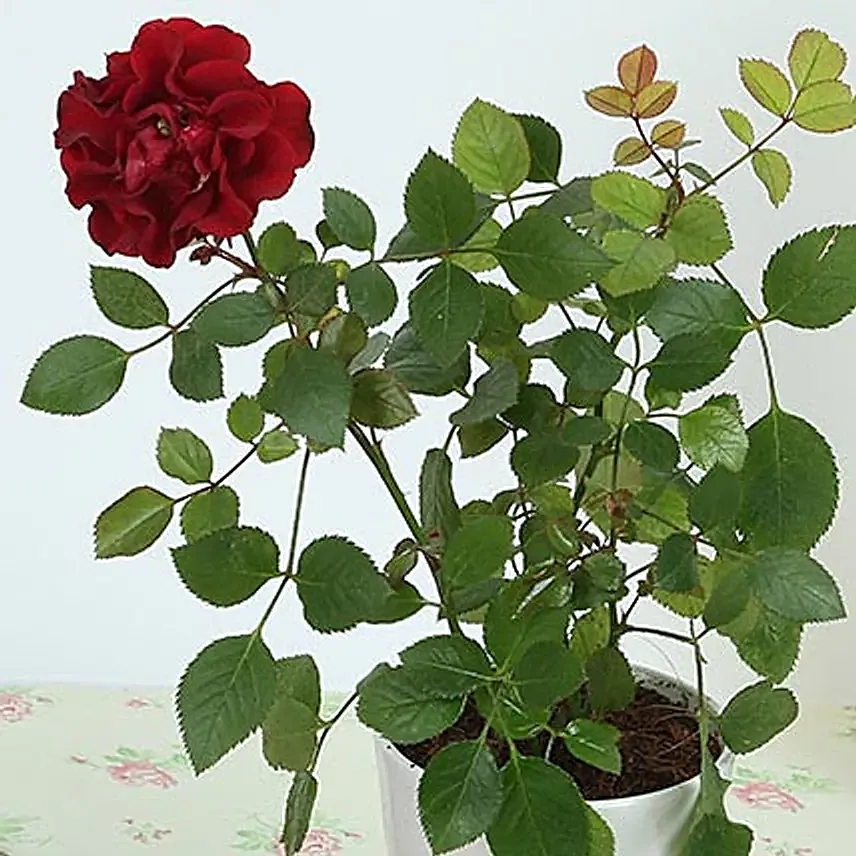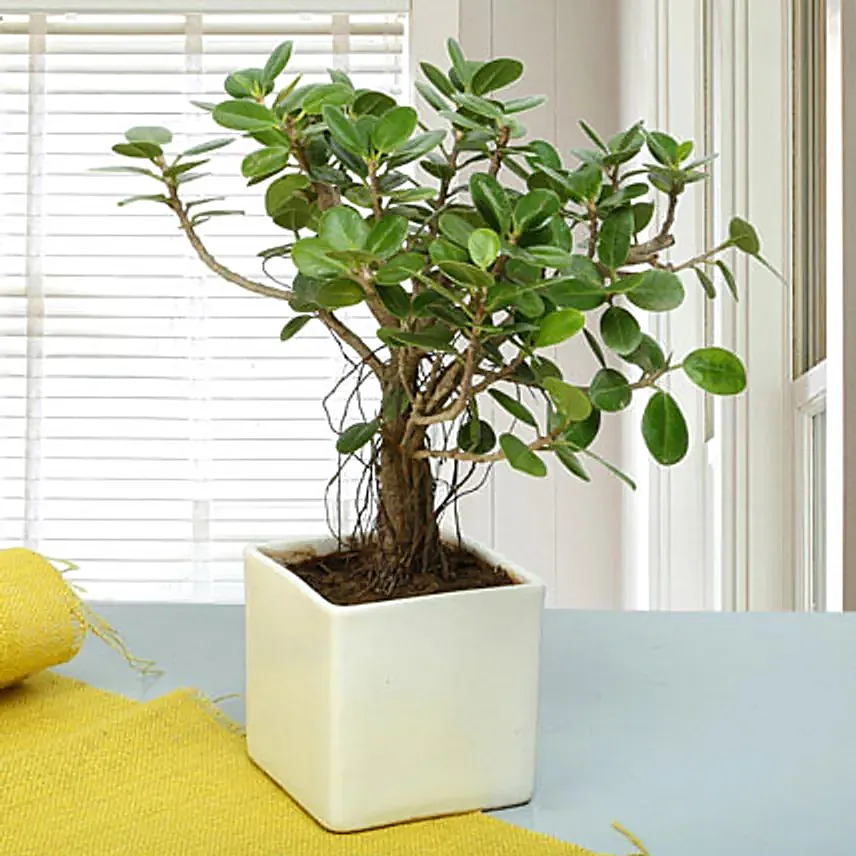Spider Plant Benefits: Why This Air-purifying Plant is a Must-have
- Author: Apeksha Rawat Published: 30th September, 2025
If there's one plant that has earned its spot in homes across the globe, it's the spider plant. Known for its arching leaves and baby offshoots, this leafy gem has a reputation that extends beyond its appearance. It's fuss-free, boosts wellness, and doubles up as a decor star.
We'll explore the spider plant's indoor benefits, dive into its history, and share a practical spider plant care guide so you can enjoy its full potential.
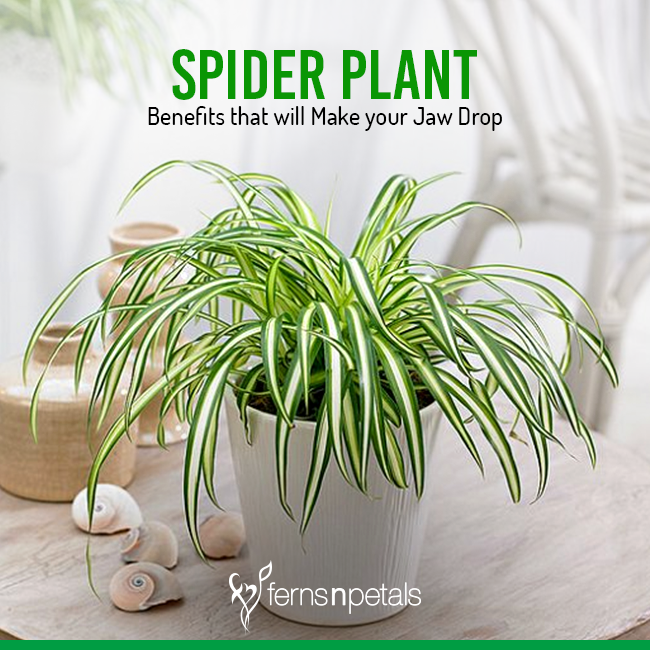
What is a Spider Plant?
A timeless favourite among houseplants, the spider plant is loved for its air-purifying qualities and effortless care routine.
Origin and Scientific Name
The spider plant, scientifically known as Chlorophytum comosum, originates from tropical and southern Africa. Over the years, it has spread worldwide, thriving as one of the most popular indoor plants. Its scientific roots may sound fancy, but trust us, this plant is down-to-earth and friendly to even the newest plant parent.
Common Names of Spider Plant
Beyond "spider plant," you may hear it referred to as the "airplane plant," "ribbon plant," or even "spider ivy." These names highlight its flowing leaves and the dangling baby plants, often referred to as "spiderettes." Whatever name you use, the spider plant indoor benefits remain the same: fresh air, easy growth, and lots of charm.
Top Spider Plant Benefits
From cleaner air to easy care, here's why spider plants are true indoor heroes.
- Easy to Grow and Low-maintenance
One of the biggest benefits of the spider plant as an indoor plant is how effortless it is to grow. Spider plants don't need complicated routines or constant attention. If you're a beginner or a seasoned gardener, they thrive in most indoor spaces with minimal care. They'll even forgive you for occasionally forgetting to water.
- Air Purifying Qualities (NASA-backed)
The spider plant is famous for spider plant air purification. NASA's Clean Air Study highlighted it as one of the top houseplants for filtering out toxins, such as carbon monoxide and formaldehyde. By adding one to your living room or office, you're actively improving the air you breathe.
- Safe for Pets (With Caution)
If you're wondering, is the spider plant safe for pets? The answer is mostly yes. Spider plants are non-toxic to cats and dogs, which makes them safer than many other houseplants. However, cats may sometimes chew on the leaves due to their mild hallucinogenic effect. While not harmful, it's best to keep them slightly out of reach.
- Helps in Patient Recovery
Research suggests that plants in hospital rooms can support recovery by reducing stress and creating a calming environment. Spider plants, a popular air purifying plant known for producing oxygen and freshening the air, are often used in healthcare spaces. They help patients feel more relaxed, encouraging faster recovery and boosting overall well-being
- Boosts Humidity Levels
Another underrated benefit is their ability to increase humidity slightly. Dry indoor air can cause discomfort to the skin and breathing. A spider plant adds moisture, making it a natural, low-cost humidifier. This is especially helpful in air-conditioned or heated rooms where dryness is common.
With so many perks packed into one plant, it's clear the spider plant is a wellness booster for every home.
Spider Plant Care Tips for Beginners
Caring for a spider plant is simple, and with just a few basics, even first-time plant parents can succeed.
- Light and Temperature Needs
When it comes to light, spider plants prefer bright, indirect light. Too much direct sun can scorch their leaves, while too little can make them dull. A cosy spot near a window is ideal. As a hardy low light plant, they thrive best in moderate room temperatures, making them perfect for indoor spaces.
- Watering Schedule
The key to watering a spider plant is finding the right balance. Water when the top inch of soil feels dry, but don't let the roots sit in soggy soil. Overwatering can cause root rot, while underwatering can cause the leaves to dry out. A weekly check usually works for most homes.
- Fertilising and Repotting
For best growth, feed your spider plant with a balanced liquid fertiliser every two to three weeks during the growing season. As for repotting, every couple of years is enough. When roots start to peek through the drainage holes or the plant appears crowded, it's time to transfer it to a slightly larger pot.
With light, water, and a little fertiliser love, your spider plant will thrive and reward you with years of fresh greenery.
Why Spider Plants are Great Indoor Plants
Spider plants are versatile wellness boosters. From producing oxygen at night through spider plant photosynthesis to maintaining steady air purification during the day, they contribute to a healthier living environment.
Their graceful leaves, easy care routine, and pet-friendly nature make them must-haves for modern homes. Whether you're aiming for fresh air, improved decor, or low-maintenance greenery, you can easily find healthy spider plants at FNP, making them the perfect addition to your indoor collection.
FAQs
- Does a Spider Plant Purify the Air?
Yes, spider plant air purification is NASA-backed. These plants help remove toxins like carbon monoxide, making your home fresher and healthier.
- Is Spider Plant Safe for Dogs and Cats?
Pet parents often ask, Is the spider plant safe for pets? Yes, it is non-toxic. Still, cats may chew the leaves, so keep them slightly out of reach.
- Do Spider Plants Release Oxygen at Night?
Yes, spider plants continue to produce oxygen after dark, keeping your bedroom air fresher and naturally improving sleep quality.
- How do you Take Care of a Spider Plant Indoors?
Follow a simple spider plant care guide: bright indirect light, weekly watering, and occasional fertilising. They thrive with minimal effort and adapt to most homes.
- Why is a Spider Plant Good for Your Home?
Spider plants enhance wellness through their air-purifying properties, add greenery, and improve humidity levels. Their pet-friendly nature makes them a versatile choice for any home.
- Where Should I Place a Spider Plant for Best Results?
For the best indoor benefits of the spider plant, keep it near a window with indirect light. Living rooms, bedrooms, and offices are all ideal spots.
- Can Spider Plants Help Reduce Stress?
Yes, spider plants help ease stress by purifying the air and promoting a sense of calm. Their spider plant's indoor benefits also include creating a peaceful atmosphere at home.
- How Often Should I Water a Spider Plant?
The spider plant care guide suggests watering weekly, or whenever the top inch of soil feels dry. Avoid overwatering to prevent root rot.
- Do Spider Plants Increase Humidity?
Yes, spider plants raise moisture levels slightly. The spider plant's oxygen production, combined with moderate humidity, makes the indoor air more comfortable.
